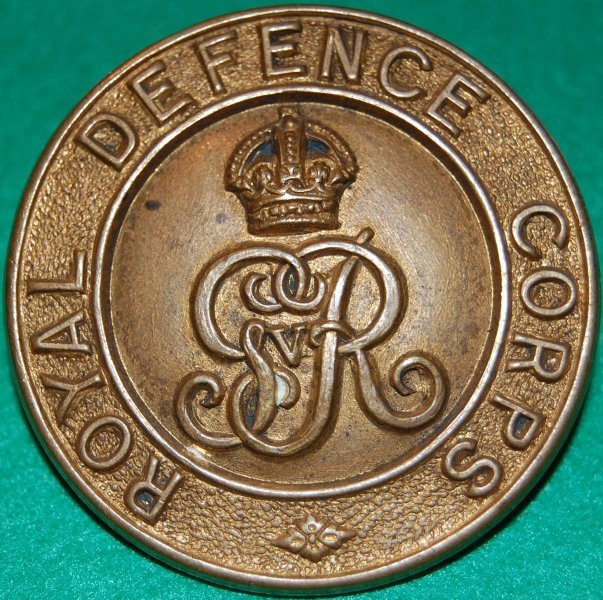Personal Details
Born: 6 August 1882 in Whitchurch, Shropshire and baptised 20 September 1882 at St. Alkmund`s Parish Church, Whitchurch. He was also known as Rowe Thomas Manford and Thomas Manford Rowe.
Family: He was the son of William Manford, a labourer and his wife Margaret. He married Chrysantha Williams on 17 November 1901 at St. Alkmund`s Parish Church, Whitchurch. The couple had ten children – Thomas, Martha, William Harry, Harold Ellis, Chrissie, Hugh R, Margaret, Alice, Emma D and Edith.
Residence: At his baptism in 1882 his family were living at Clap Gate, Tarporley Road, Whitchurch. In 1911 and until at least 1919, his address was Canal Cottages, Chemistry Road, Whitchurch. At the time of his death in 1932 his home was 13 Liverpool Road, Whitchurch.
Employment: He was a labourer.
Died: 1932 in Whitchurch, Shropshire and was buried in Whitchurch cemetery on 18 July 1932.
Military Details
Regiment: Royal Defence Corps (previously King`s Shropshire Light Infantry)
Rank: Private
Service Number: 76820 (previously 26903)
Date of Enlistment: 12 December 1914
Date of Discharge: 27 February 1919
Reason for Discharge: Surplus to military requirements having suffered impairment since entry into the service.
Other Information: He attested in 1914 as Thomas Rowe, but was required to sign a declaration that his correct name was Rowe Thomas Manford after the army had received a copy of his marriage certificate.
Thomas was awarded the Campaign Medals (British War Medal and Victory Medal) and the Silver War Badge (number 409493, awarded 24 March 1919).

The British War Medal (also known as 'Squeak') was a silver or bronze medal awarded to officers and men of the British and Imperial Forces who either entered a theatre of war or entered service overseas between 5th August 1914 and 11th November 1918 inclusive. This was later extended to services in Russia, Siberia and some other areas in 1919 and 1920. Approximately 6.5 million British War Medals were issued. Approximately 6.4 million of these were the silver versions of this medal. Around 110,000 of a bronze version were issued mainly to Chinese, Maltese and Indian Labour Corps. The front (obv or obverse) of the medal depicts the head of George V. The recipient's service number, rank, name and unit was impressed on the rim.
The Allied Victory Medal (also known as 'Wilfred') was issued by each of the allies. It was decided that each of the allies should each issue their own bronze victory medal with a similar design, similar equivalent wording and identical ribbon. The British medal was designed by W. McMillan. The front depicts a winged classical figure representing victory. Approximately 5.7 million victory medals were issued. Interestingly, eligibility for this medal was more restrictive and not everyone who received the British War Medal ('Squeak') also received the Victory Medal ('Wilfred'). However, in general, all recipients of 'Wilfred' also received 'Squeak' and all recipients of The 1914 Star or The 1914/1915 Star (also known as 'Pip') also received both 'Squeak' and 'Wilfred'. The recipient's service number, rank, name and unit was impressed on the rim.

The Silver War Badge was issued in the United Kingdom and the British Empire to service personnel who had been honourably discharged due to wounds or sickness from military service in World War I. The badge, sometimes known as the "Discharge Badge", the "Wound Badge" or "Services Rendered Badge", was first issued in September 1916, along with an official certificate of entitlement.

